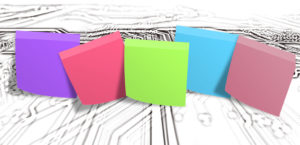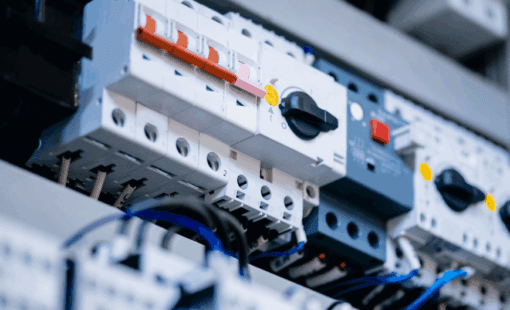
The Right Tools for Constraint-driven PCB Design
But, by changing the way an engineer designs electronics, by giving up the Post-it for passing requirements, change requests, and constraints between engineers, design times can be shortened and product quality improved. Modern PCB design tools permit the definition of design constraints, including constraints relating to high-speed design and EMC, such as topology of connections (routing pin sequence), or overshoot and timing budgets, for example.
Constraint-driven PCB design becomes increasingly important as components and boards become faster and more complex. But it is hard to capture and use/obey these constraints consistently throughout the complete design process, bearing in mind that they may contradict each other…





